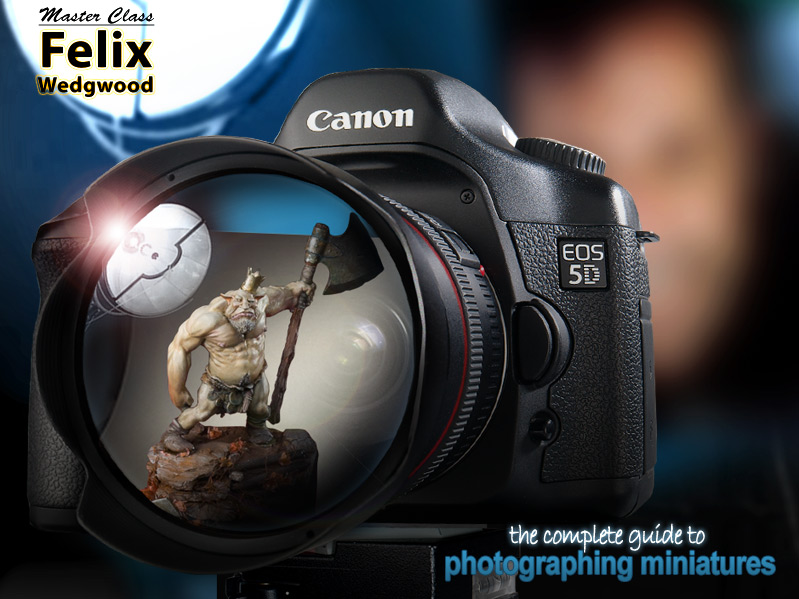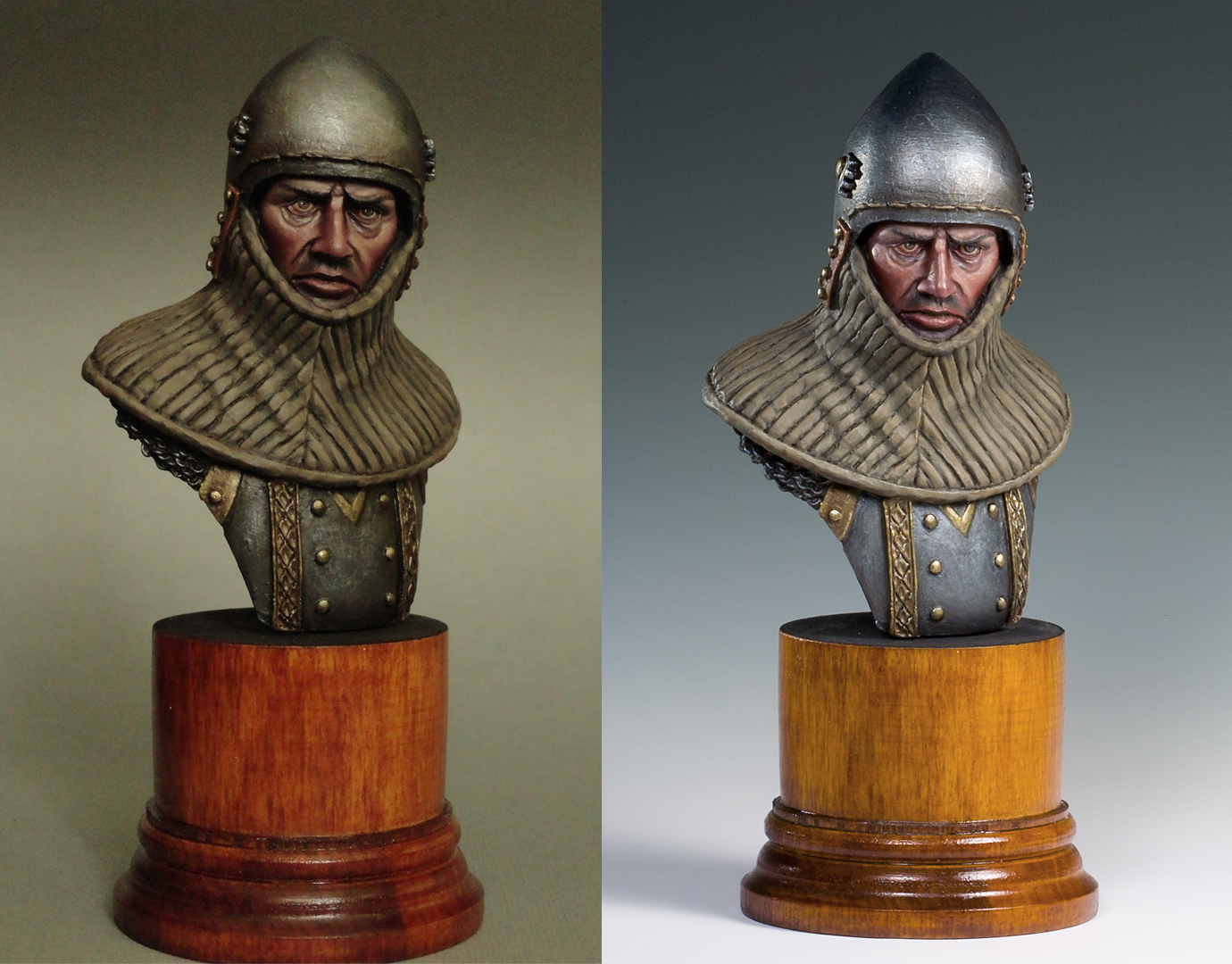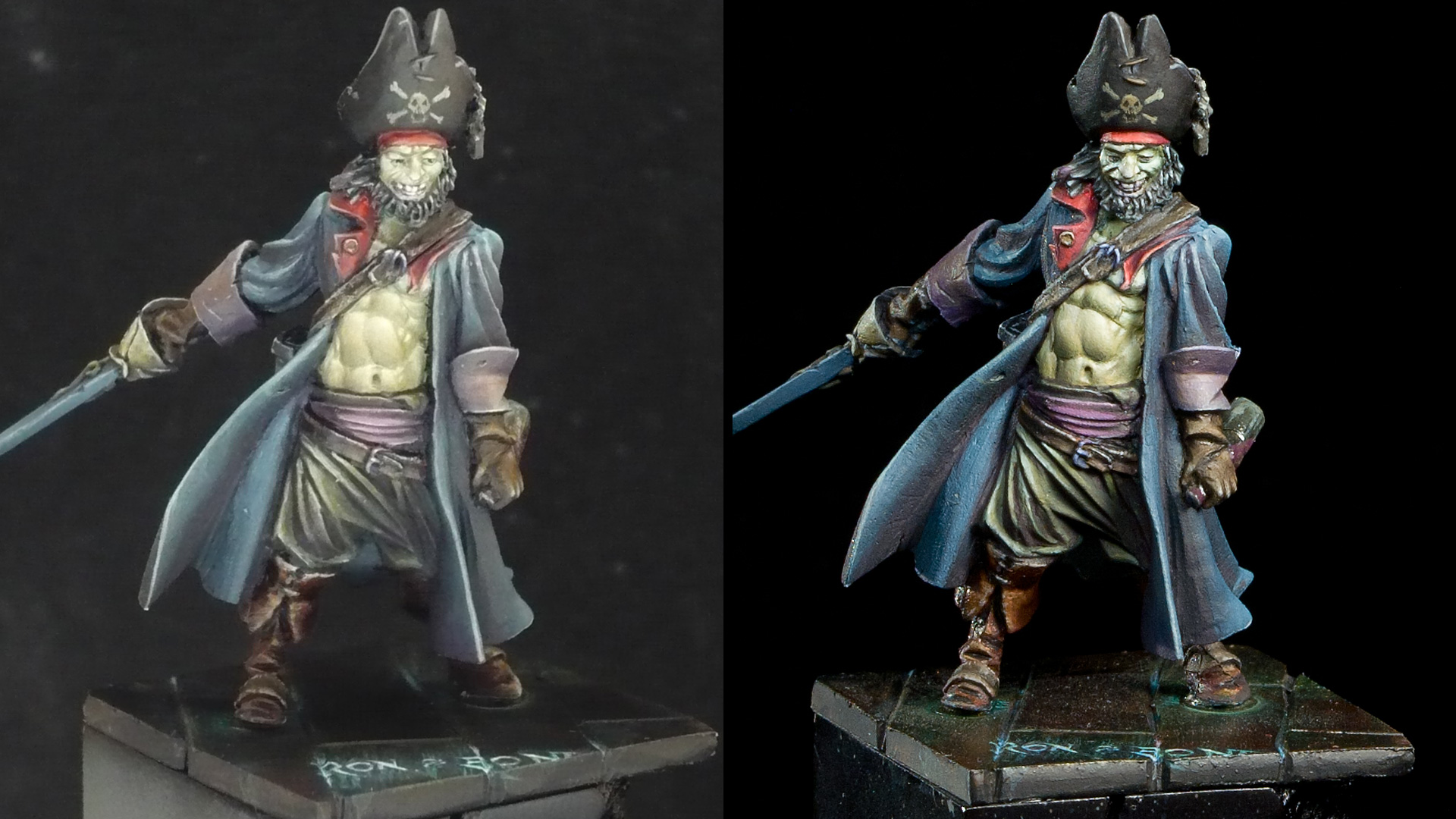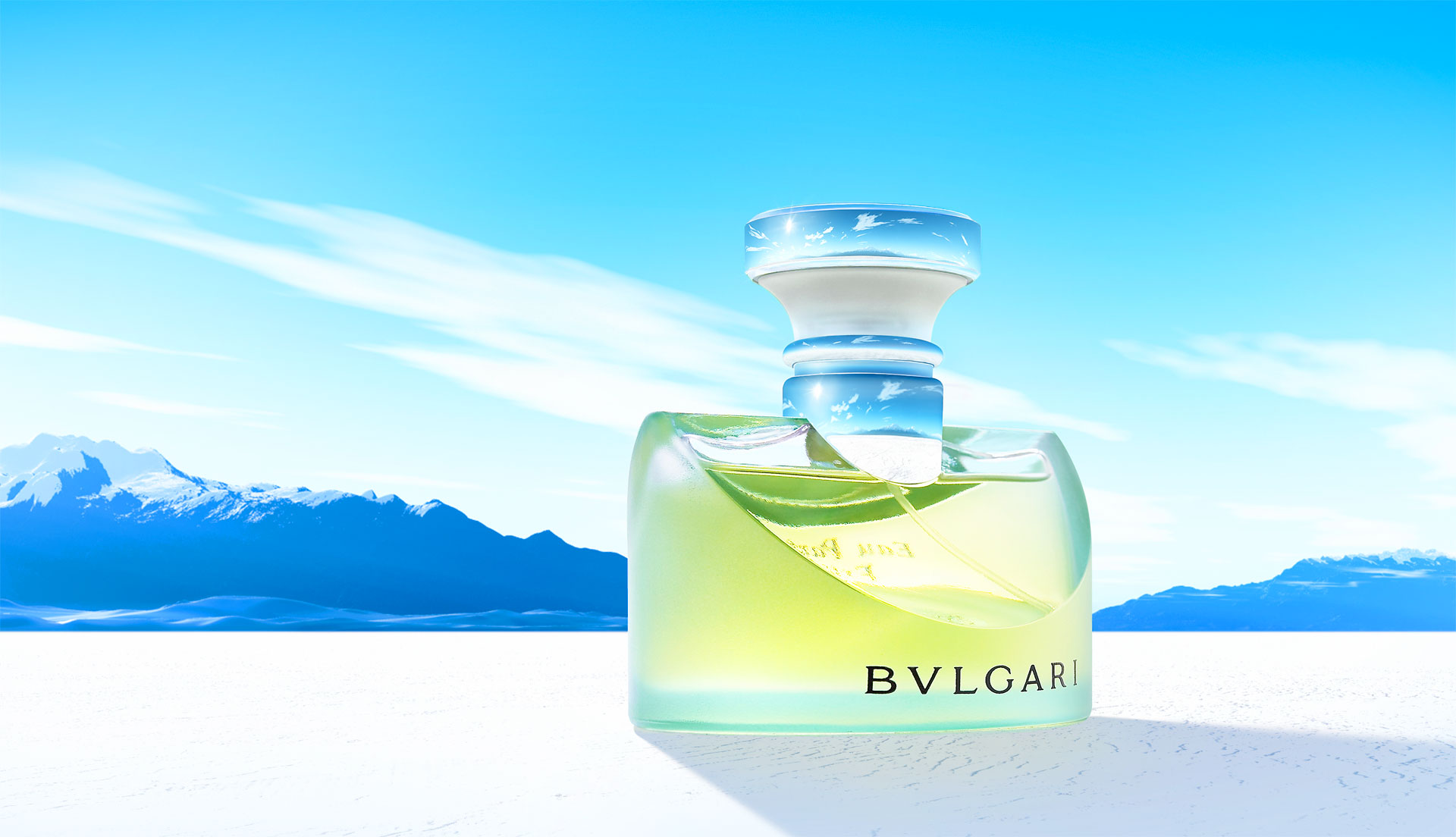miniaturementor
Member
- Joined
- Jun 18, 2012
- Messages
- 13




Miniature Mentor is excited to bring you The Complete Guide to Photographing Miniatures with Felix Wedgwood !!! Join professional commercial photographer Felix Wedgwood in over 7 hours of video as he guides you through all the steps necessary to create amazing photographs of your miniatures. THIS IS NOT A BASIC PHOTOGRAPHY TUTORIAL - plenty of those on the net.
No light tents were used in the making of this tutorial - we didn't take the easy way out here! You'll learn the true art of photography and lighting. This tutorial focuses solely on miniatures and the obstacles of shooting/lighting tiny objects. You'll learn about lights and lighting, diffraction, depth of field, sensor size, lens resolution, light fall-off and more. Get ready to add an entirely new creative element to this awesome hobby of ours!
Felix Wedgwood is a professional commercial photographer working in the food/product photography field. His work has appeared in dozens of major magazine publications. He currently resides in Toronto, Canada.
Miniature Mentor is the world's first and only video library dedicated to the art of miniature painting and sculpting. Our current instructors include, Thomas David, JAG, Allan Carrasco, Jennifer Haley, Ben Komets and others.
CHECK OUT FELIX's GALLERY HERE...
